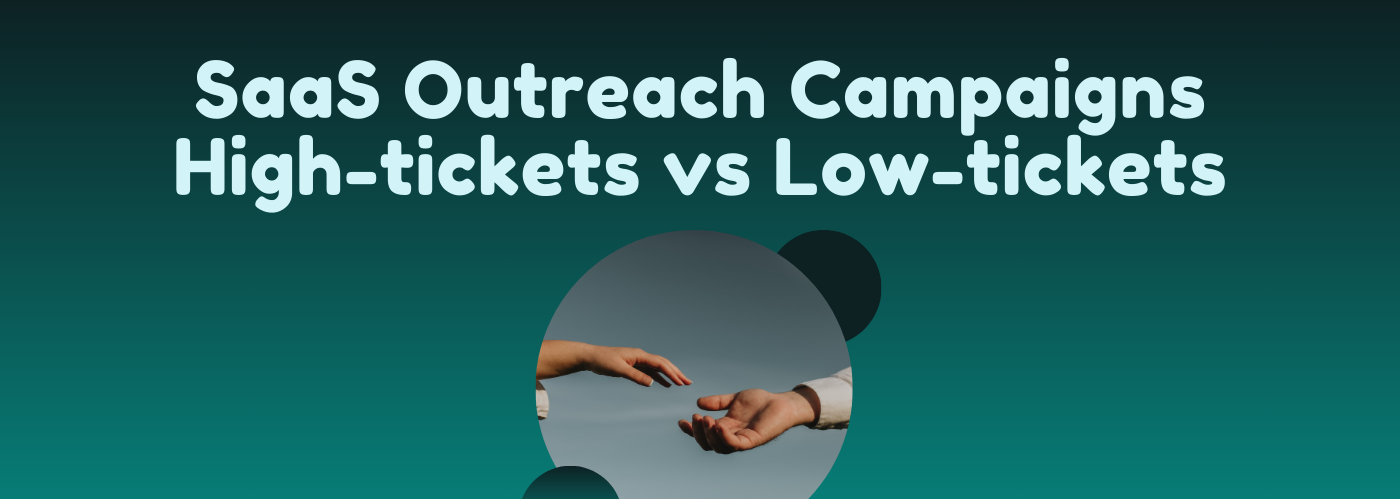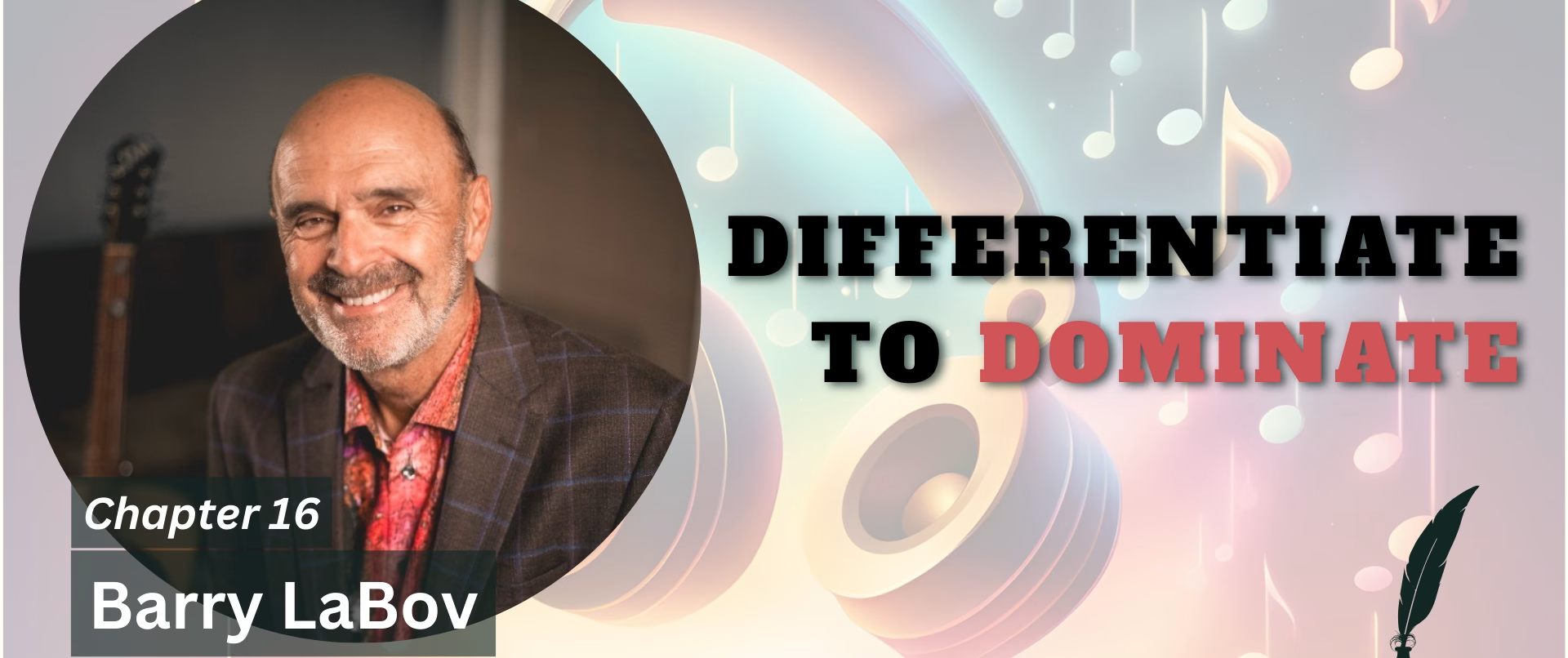There are 2 options if you have a SaaS product. Your offer is either with more accessible prices for the everyday Joes, or it is a better fit for big enterprises and corporations. You know the ones with deep pockets.
In both cases, you need to reach out to and connect with the target audience. You need to appeal to the person, or team, that swipes the credit card. Let’s explore the different outreach approaches, depending on your audience.
Campaigns promoting high-ticket B2B SaaS differ significantly from those promoting low-ticket SaaS. These distinctions arise due to the contrasting nature of their target audiences, pricing models, and marketing strategies.
Let’s dive into the key differences:
Target Audience:
- High-Ticket B2B SaaS: The target audience for high-ticket B2B SaaS comprises businesses and enterprises with specific needs and significant budgets. Decision-making in these organizations often involves multiple stakeholders and longer sales cycles.
- Low-Ticket SaaS: Low-ticket SaaS targets individual users, small businesses, or startups with lower budgets and less complex requirements. The decision-making process is usually faster, with fewer decision-makers involved.
Pricing Model:
- High-Ticket B2B SaaS: High-ticket SaaS solutions typically come with higher price points, often involving subscription tiers based on the scale of usage or additional features required.
- Low-Ticket SaaS: Low-ticket SaaS offerings are priced at a more affordable and accessible level, often adopting a simple subscription model with lower overall costs.
Sales Approach:
- High-Ticket B2B SaaS: The sales approach for high-ticket B2B SaaS requires a more personalized and consultative approach. Sales teams often engage in direct conversations with prospects, providing demonstrations, addressing specific needs, and handling complex questions.
- Low-Ticket SaaS: Sales for low-ticket SaaS may adopt a self-service model, where users can sign up and start using the product without direct sales involvement. The focus is on ease of onboarding and quick user adoption.
Marketing Channels:
- High-Ticket B2B SaaS: Marketing for high-ticket SaaS typically involves targeted content marketing, industry events, webinars, and account-based marketing (ABM) strategies to engage with key decision-makers in the target organizations.
- Low-Ticket SaaS: Marketing for low-ticket SaaS relies heavily on digital channels, such as social media, search engine optimization (SEO), and online advertising to reach a broader audience.
Content and Messaging:
- High-Ticket B2B SaaS: Content for high-ticket SaaS campaigns focuses on demonstrating ROI, addressing specific pain points, and showcasing the product’s scalability and integration capabilities.
- Low-Ticket SaaS: Content for low-ticket SaaS emphasizes simplicity, ease of use, and affordability, as users are often seeking quick and accessible solutions.
Customer Support:
- High-Ticket B2B SaaS: High-ticket SaaS solutions require robust customer support to cater to the specific needs and demands of enterprise clients, often offering dedicated account managers and premium support options.
- Low-Ticket SaaS: Customer support for low-ticket SaaS is usually more streamlined, with emphasis on self-help resources and efficient online support channels.
If you need campaigns that promote high-ticket B2B SaaS you must pay the most attention to the target audience, and your sales approach. For low-ticket SaaS look out for different pricing models, and highlight the correct marketing channels, and content. Understand the unique characteristics of each market to tailor your efforts accordingly.




Leave a Reply